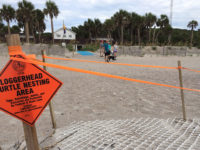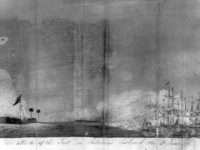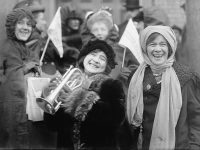MYSTERY PHOTO: Loggerhead turtle area
There are a couple of clues in this week’s Mystery Photo, but the location of this place might be kind of tough to guess – unless you’ve been there. Send your guess to: editor@charlestoncurrents.com. And don’t forget to include your name and the town in which you live.
Our previous Mystery Photo: The Aug. 20 mystery were some of the houses along Rainbow Row in Charleston, which was identified by several loyal readers.










 We Can Do Better, South Carolina!
We Can Do Better, South Carolina!

























Recent Comments